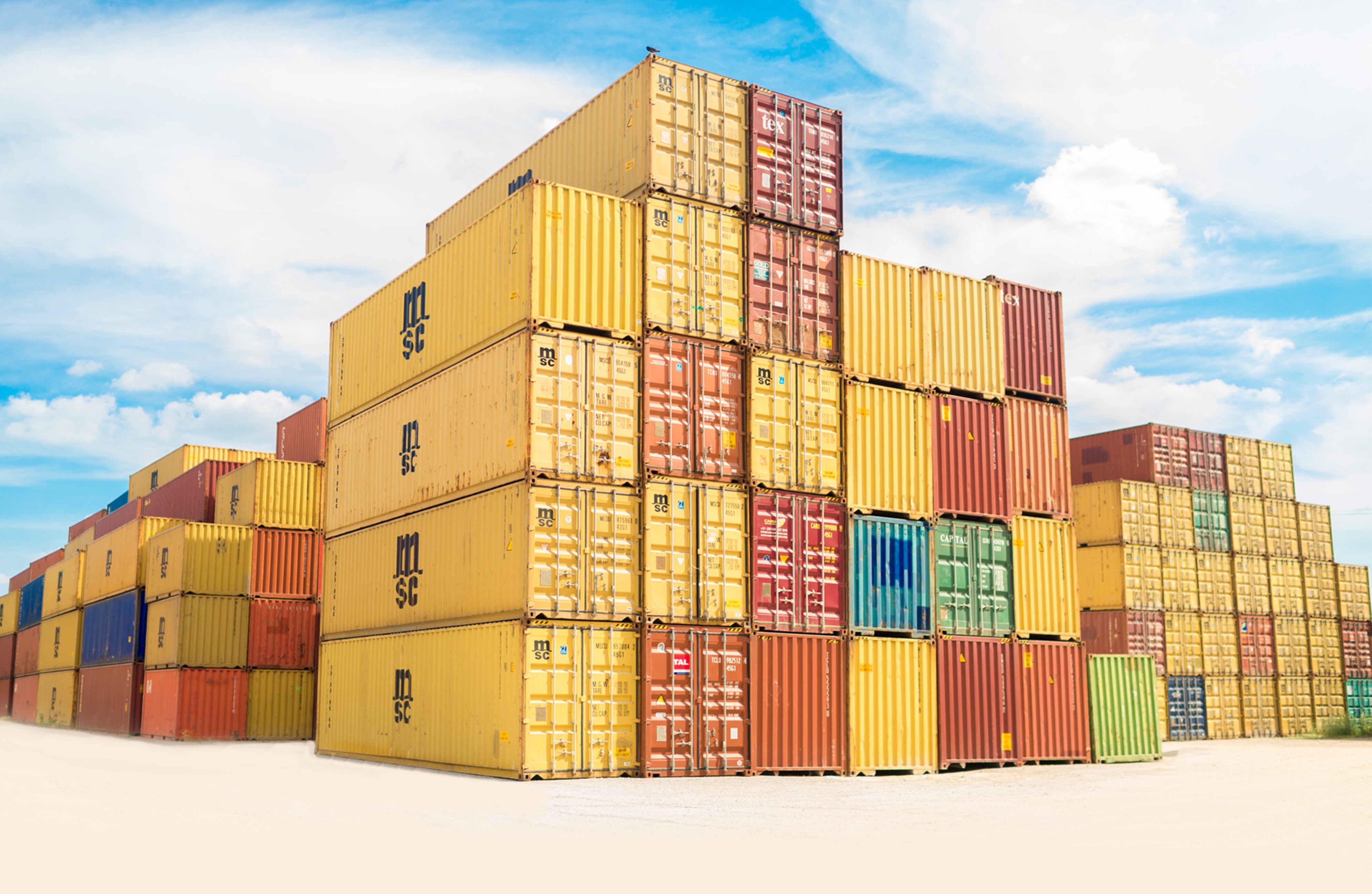Last month, the announcement of Germany’s arrest of a businessman suspected of purchasing “sophisticated machinery” for Russian intelligence might not have made front-page headlines, but it reflects a growing focus on strategic trade control. Notably, the arrest came days after the European Union officially endorsed the new draft EU regulation on the EU regime for export controls of dual use, which is “widely acknowledged to be the first major reform to the structure of the EU’s export control regime since 2009,” and introduces a new set of rules for controlling the export of “dual-use” goods and technologies – a term indicating applications for both civilian and military purposes. Items such as high-powered computers, various chemical compounds and 21st century drones all have a wide array of use in civil society but can also be used for offensive means, and are among thousands subject to controls under the 1996 Wassenaar Arrangement, which marks its 25th anniversary next month.
While the regulations have since evolved to account for emerging technologies like cyber-surveillance software, the increasingly complex state of 21st century geopolitics has added a new dimension to strategic trade control risk.
At the heart of this legislation was a determination to ensure that such technologies exported from the EU were not then used by other states to commit human rights abuses. This element of the new EU export control regulations took a page out of the book of the U.S. State Department, which issued draft guidance to U.S. exporters of items with surveillance capabilities in 2019 (and finalized in October 2020). The purpose was to encourage exporters to conduct appropriate due diligence and ensure that their end-users would not use their products in a manner inconsistent with human rights. In fact, such risks had been under consideration since the Arab Spring in the early 2010’s, with several of the countries involved using U.S.- and EU-manufactured technologies to crack down on dissidents. Now these considerations are taking shape in law and the EU’s push has been deemed a “path to greater coherence” in human rights advocacy and the European Commission’s geostrategic policies.
Beyond the geopolitical, however, an increased emphasis on human rights also has implications for private sector companies and their reputational risk appetite. For instance, just a month before the EU’s announcement was the criticism garnered by the transfer of 15 surveillance drones to Belarus during the 2020 protests. This example is informative because while there were contractual obligations stating the Belarusian parties would only use such items for civilian purposes (and that very well may be true), reputational issues already abounded.
So companies and trade financiers must be diligent in assessing what a transaction could mean not only in the court of law, but in the court of public opinion as well. This shift in the reasoning behind today’s modernized export control regimes serves as a great indication that due diligences of end-uses and end-users can be as important as proper classification. Now more than ever institutions must leverage data and news screening to answer questions beyond just the ‘what’ of the export, but the ‘who’ as well.

This week, German digital bank N26, the country’s highest valued start-up, was fined $5M for AML failings by BaFin following two years of close...

This month, the Bank of Italy banned N26 from taking on new customers or engaging in any transactions with them, as well as from offering new...

One might imagine the surprise a Customs Official has when viewing an invoice for toilet paper imported from China at $4,121 per kilo. Even during...
